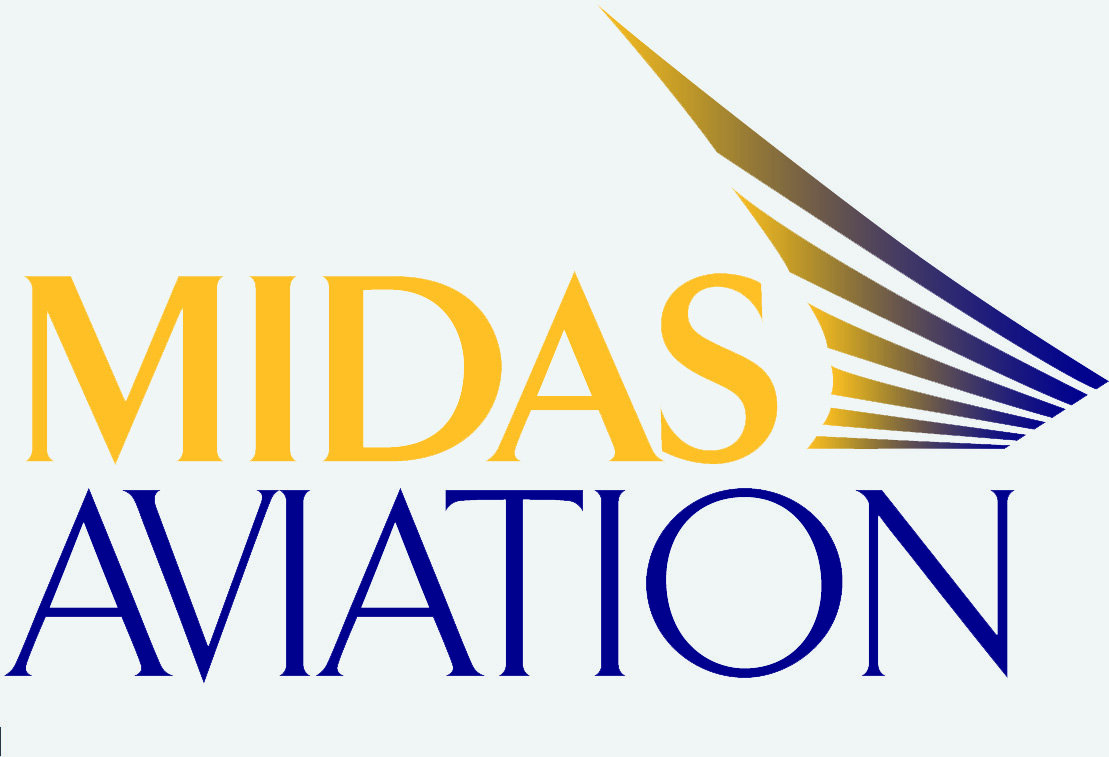No blue skies
The chances of international traffic rebounding this summer are fading.
Aviation and travel consultancy MIDAS believes that international traffic will not recover in the peak summer months, with no pick-up in demand indicated until the second half of the year, at the earliest.
““According to our analysis, this summer is going to be exactly like last year, where airlines planned for a significant recovery in international demand, but this never materialised,” ”
“Despite the success of the vaccine roll-out in some countries, and the first travel corridors being opened, the speed of these actions is not going to be fast enough for international traffic to recover in the peak months of June to August, and there are also grounds to be pessimistic for September and October,” believes Grant of MIDAS, which is an aviation consultancy focused on network development advising customers in government, tourism bodies, airlines, and airports.
The MIDAS analysis has examined international schedule data from OAG, comparing what airlines were planning to fly 4-6 months before a flight took place, and what took place on the date of travel. “In 2020, across the entire year following the start of the pandemic, we saw that capacity fell off a cliff in the 3 months coming up to the date of travel. That same pattern has persisted in 2021 with capacity falling by up to two-thirds of the original plan for January to April 2021, and that trend continues into May and June.”
For example, three months prior to April 2021’s flights taking place, the schedule showed 159 million scheduled seats would be offered, says Becca Rowland, partner at MIDAS. “That number nose-dived to just 48 million seats by the date of travel, meaning over 100 million seats were taken out. Plainly the demand for those services was not there,” she said.
The trend for the coming four months shows that unless governments significantly ease travel restrictions and vaccine passports are rolled out swiftly, the window for stronger traffic recovery in this period is closing, says Rowland.
“Unless we see substantive changes to travel opportunities, we can see traffic will only reach at most 54 million seats for May, 50 million seats for June, 54 million seats in July and 51 million in August. At present, airlines have around 150 million seats in their July and August schedules,” says Rowland.
While the schedule only shows the number of flights an airline is planning, and does not show actual passengers carried, it has typically been a strong gauge of airline market intentions.
“In the past, the schedule has been predictable with few changes in the months and weeks after it was published – now it is much more volatile,” says Grant at MIDAS.
Once a flight is loaded into the schedule it is “live” in travel booking systems and customers can buy it. Airlines are reluctant to remove flights too soon from their booking systems because that triggers a customer refund, so they tend to prefer to take capacity out close to the delivery of the flight. “Simply put, it is easier to take capacity out of the schedule than it is to put it in,” says Grant.
“Unless there is a dramatic easing of travel restrictions across the major markets to and from Europe in the next month then the summer will be lost, increasing the pressure on airlines heading into the Winter 2021/22,” says Grant.
"With two consecutive summers of drastic capacity reductions, this outcome may mean airlines having little option but to borrow more to survive, or some might fail, neither of which will help the wider economic recovery,” adds Rowland. “There may also need to be another assessment of business models as a severely disrupted travel market returns.”

